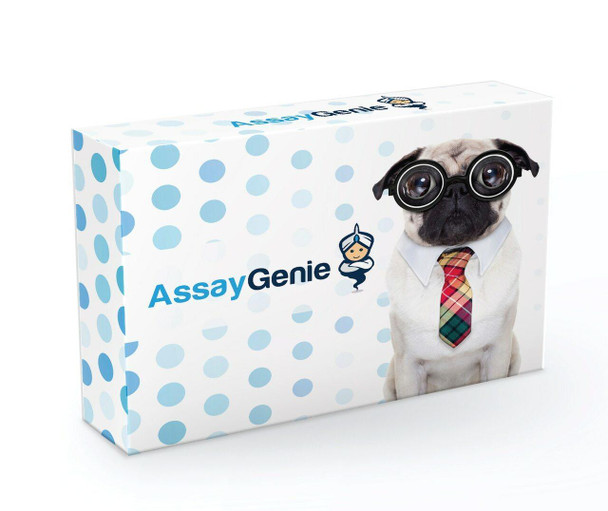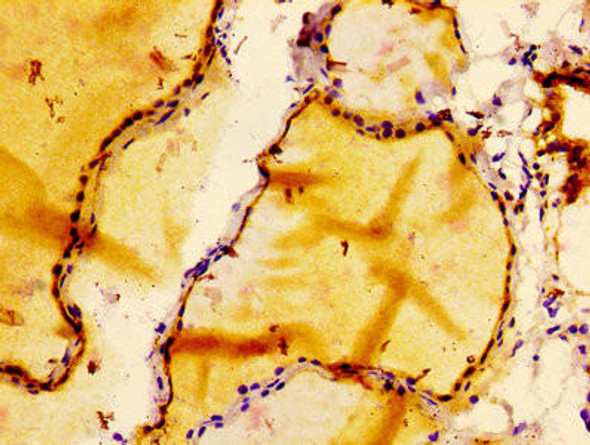Description
Recombinant EGFR Monoclonal Antibody (CPAB0211)
The Recombinant EGFR Antibody (CPAB0211) offered by Assay Genie is a cutting-edge tool designed for research purposes involving the Epidermal Growth Factor Receptor (EGFR), a crucial player in cell growth and proliferation pathways. This highly specific antibody, produced through recombinant technology, has been rigorously tested for its reactivity with human samples and is validated for use in a variety of applications, such as Western blotting.EGFR, a transmembrane protein, is known to be overexpressed in various cancers, making it a prime target for cancer research and therapeutic development. By binding to the EGFR protein, this antibody allows for the detection and analysis of EGFR expression in different cell types, providing valuable insights into its role in cancer biology and potential therapeutic interventions.
Researchers in the fields of oncology, cell biology, and drug development will find the Recombinant EGFR Antibody (CPAB0211) to be an essential tool for investigating the cellular mechanisms involving EGFR activation and signaling. With its high specificity and reliability, this antibody facilitates accurate and reproducible results, driving advancements in our understanding of cancer biology and the development of targeted therapies.
| Product Name: | Recombinant EGFR Antibody |
| Product Sku: | CPAB0211 |
| Size: | 1mg |
| Host Species: | |
| Immunogen: | |
| Clone: | |
| Reactivity: | Human |
| Applications: |
| Purification Method: | |
| Isotype: | |
| Background: | The epidermal growth factor receptor (EGF R) subfamily of receptor tyrosine kinases comprises four members: EGF R (also known as HER1, ErbB1 or ErbB), ErbB2 (Neu, HER-2), ErbB3 (HER-3), and ErbB4 (HER-4). All family members are type I transmembrane glycoprotein that has an extracellular domain which contains two cysteine-rich domains separated by a spacer region that is involved in ligand-binding, and a cytoplasmic domain which has a membrane-proximal tyrosine kinase domain and a C-terminal tail with multiple tyrosine autophosphorylation sites. The human EGF R gene encodes a 1210 amino acid (aa) residue precursor with a 24 aa putative signal peptide, a 621 aa extracellular domain, a 23 aa transmembrane domain, and a 542 aa cytoplasmic domain. EGF R has been shown to bind a subset of the EGF family ligands. Ligand binding induces EGF R homodimerization as well as heterdimerization with ErbB2, resulting in kinase activation, tyrosine phosphorylation and cell signaling. EGF R signaling has been shown to regulate multiple biological functions including cell proliferation, differentiation, motility and apoptosis. In addition, EGF R signaling has also been shown to play a role in carcinogenesis. |
| Synonyms: | |
| Storage Buffer: |











